

Anthony Crawford
1990 Lamborghini Countach review
6 Days Ago

News Editor
Returning Chinese brand Chery may have a crossover-heavy lineup in mind for Australia, but it’s also planning to enter the ute market to bolster lofty volume goals.
“We are also working on the feasibility study of developing the pickups because the pickup market in Australia is something very, very important,” said Chery International executive vice president Charlie Zhang.
“So I believe in the next years, we will develop the pickup.”
Utes, or pickup trucks as they’re known in most markets, have become increasingly popular in the Chinese market as they’ve gradually shed their workhorse stigma.
The ute market has also been stimulated in China by the country’s government, which has been lifting restrictions on pickup trucks entering its cities.
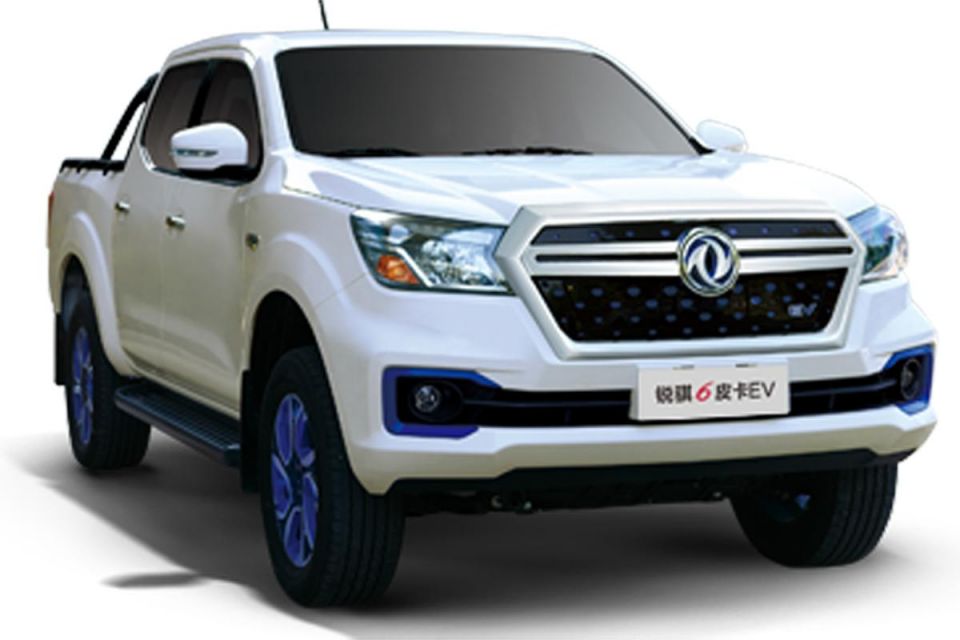
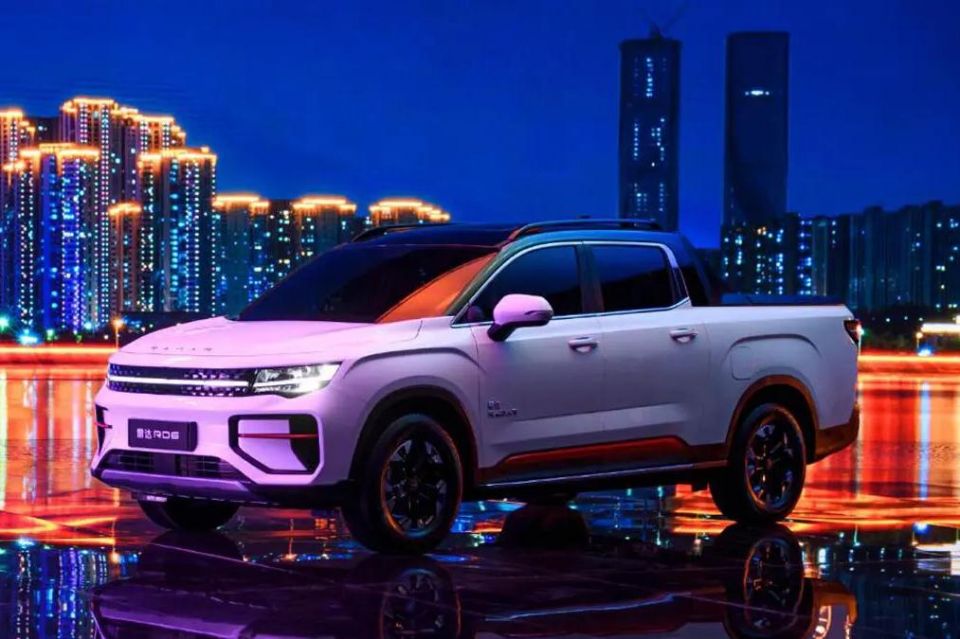
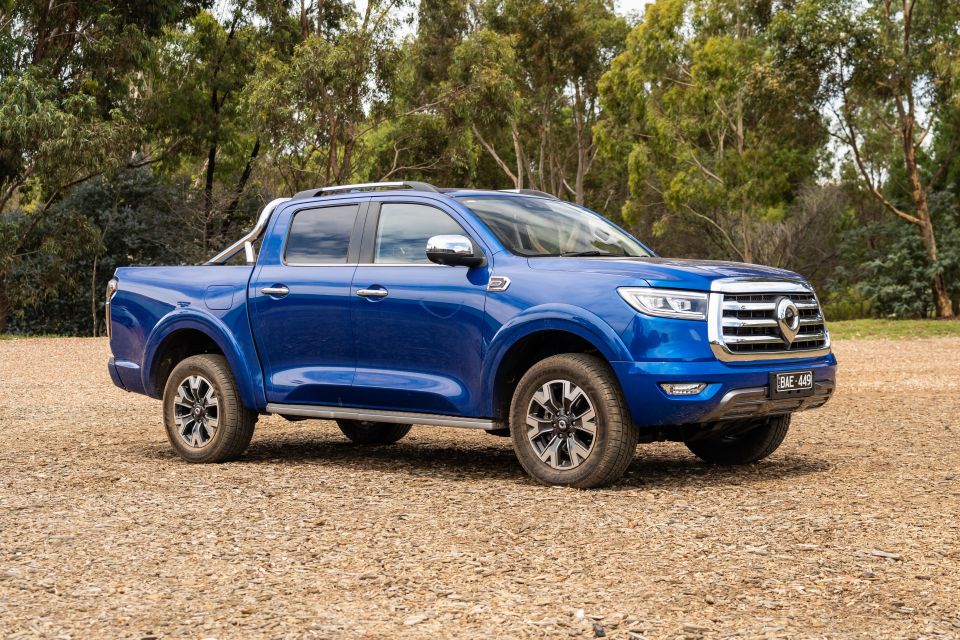

More than 70 per cent of Chinese cities have lifted these restrictions.
A Chery pickup could potentially go head-to-head with the GWM Ute and LDV T60, which have made serious inroads in the Australian market thanks to cheap pricing.
The Ute, also known as the Cannon, has recorded 2741 sales to the end of June. While that’s some way off stalwarts like the Mazda BT-50 and Nissan Navara (6324 and 5911 sales), it’s ahead of the Volkswagen Amarok (2116).
It’s unclear whether Chery will follow these competitors and offer a diesel-powered ute in Australia, or whether it will skip a step and follow the likes of Geely with its new Radar Auto brand, and instead produce a load-carrying EV.
China is already home to a few electric utes, none of which are yet sold in Australia, including the LDV EV T60 that is expected to come here at some point. Nissan’s joint-venture partner Dongfeng likewise produces an electric version of the Navara called the Rich 6 EV.
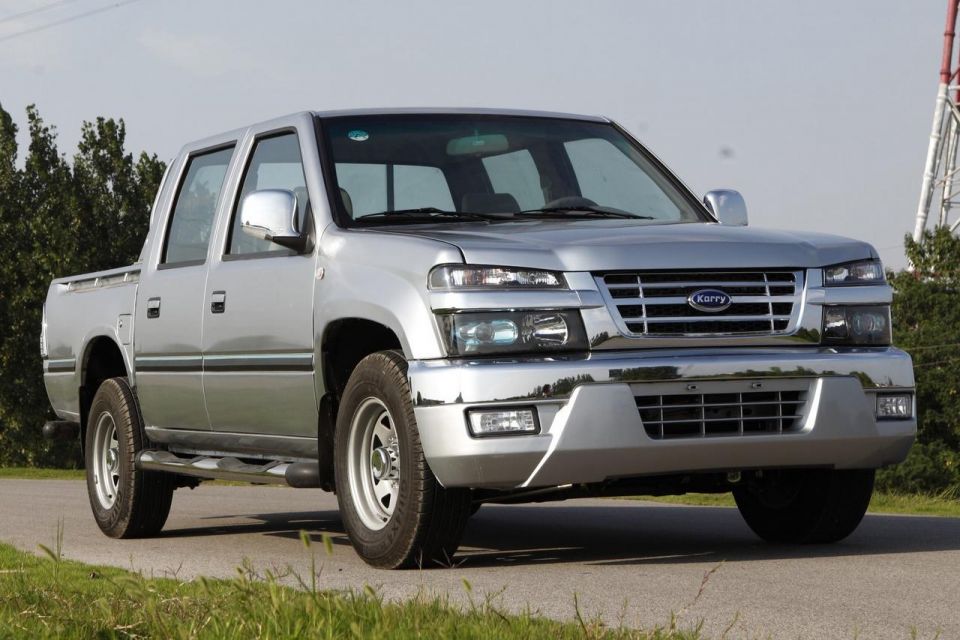
Chery has some experience making utes, having offered traditional pickups under its Karry commercial vehicle brand. The Aika and Higgo were offered during the 2010s and, like old Great Wall pickups like the SA220, V200 and V240, closely resembled old Isuzu products.
These models were discontinued several years ago but the Karry brand still offers the Yoki, a cab-chassis version of its Yoyo van.
Chinese pickups like today’s GWM Ute represent a sharp departure from the more crude and agricultural models of yore.
Great Wall was the first Chinese brand to enter Australia, having launched in 2009 with its SA220 and V-Series pickups plus the X240 SUV – models that competed largely on price, and not build quality or refinement.
The company inspired a small wave of other Chinese brands to come here, including Chery which launched in 2011 offering only the J1 and J3 hatchbacks and J11 SUV, briefly sold through distributor Ateco – unlike its new plan to sell cars through a factory distributor.
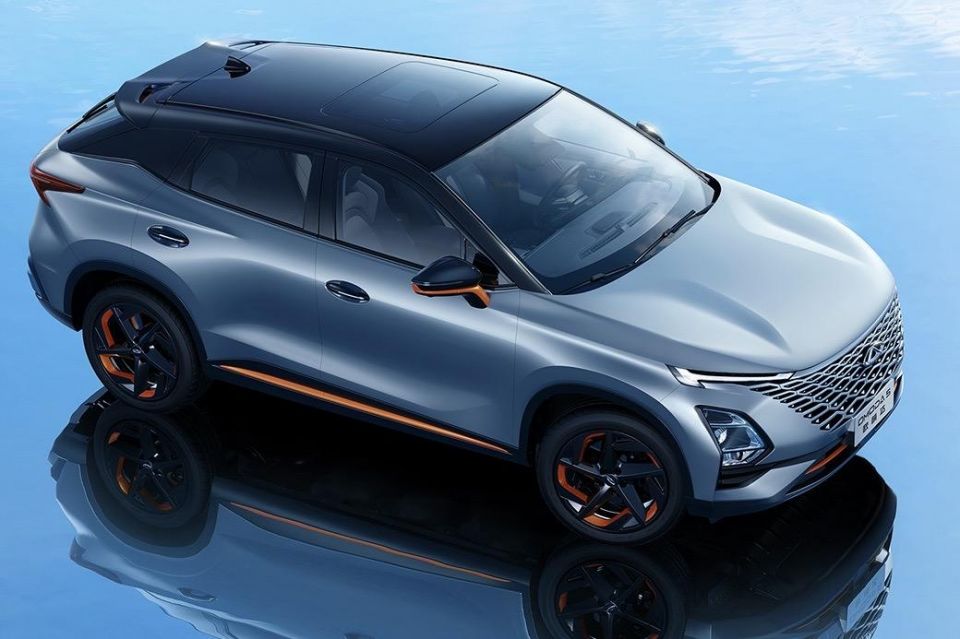
Other Chinese brands ZX Auto and JMC decided to follow the Great Wall formula and offer rugged ladder-frame models here, but both were similarly short-lived.
Chery plans to return to Australia in late October or November 2022 with the Omoda 5 crossover, with plans to become a top 10 brand in Australia by 2026 – far more ambitious than its inaugural three-year term here.
The petrol-powered Omoda 5 will battle the likes of the MG ZS and Haval Jolion, though Chery says it has specifically benchmarked the Mazda CX-30, Hyundai Kona and Toyota C-HR.
The larger Tiggo 8 Pro SUV will follow in the first half of 2023, while the Tiggo 7 Pro has also been confirmed. The company says a range of future products will also be developed for both left- and right-hand drive simultaneously.
Based on 2021’s industry-wide sales figures, reaching the top 10 by 2026 would require Chery to sell at least 40,000 vehicles. This mission seems substantially more achievable if Chery was to have a ute, given these vehicles account for around 20 per cent of the total market.
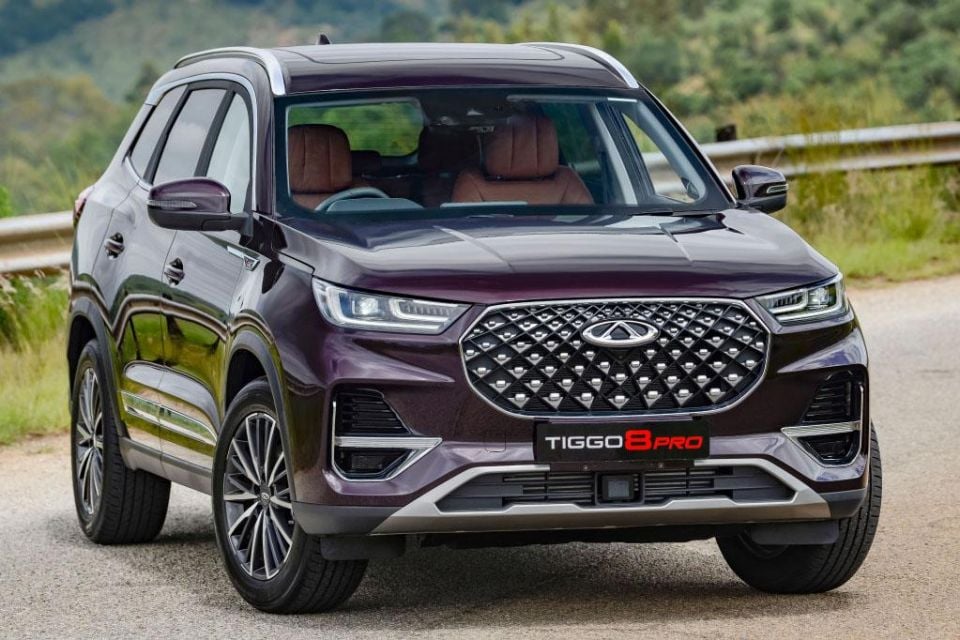
While that seems like a lofty goal, it’s worth noting fellow Chinese brand MG is well and truly ensconced inside the top 10 only a few years following its Australian relaunch under a factory distributor. So, there is a precedent.
Chery will use a traditional franchise dealership model, although it says it is open to trying new retail models such as online sales.
But it’s not positioning itself as a budget brand as it did during its last stint in Australia from 2011 to 2014.
“We will not be labelled as a Chinese brand that is cheap… we want to be a technology-driven company,” said Chery International executive vice president Charlie Zhang.
“We want to go to Australia with a brand new image… where customers remember Chery because of technology, because of design, because of the quality of the cars.”
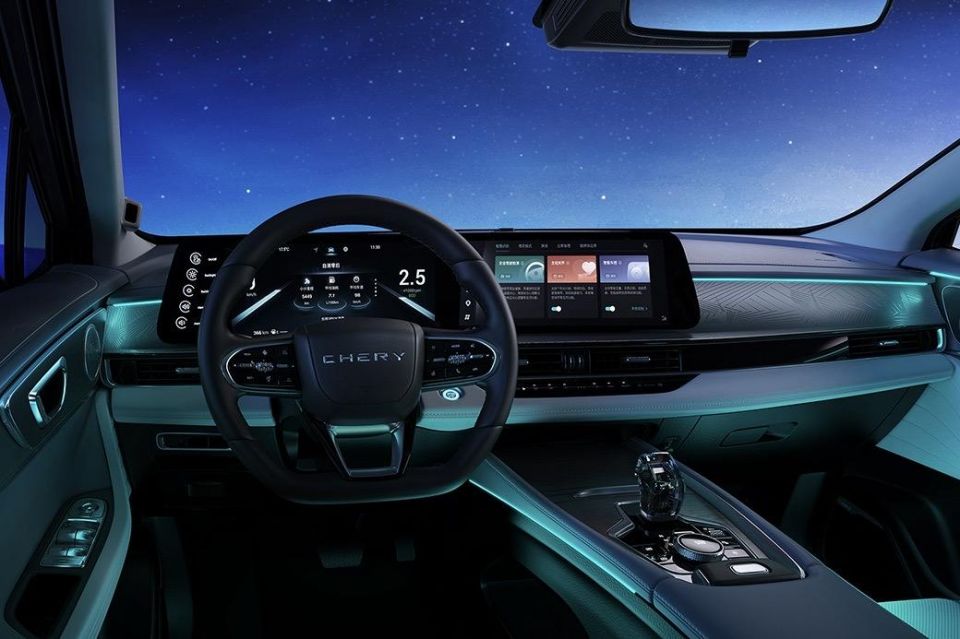
The company says its new products are far removed from the vehicles it offered during its last stint in Australia.
“A long time ago, we developed the products in an isolated manner,” said Mr Zhang.
“They were not developed on the product platforms. Over the past 10 years, we have been through very strategic transformations, we built our R&D systems, we built our forward product development process.
“The advantage of developing the product on the same product platform is there’s a lot of carryover parts, the quality is guaranteed, and also we go through very rigorous product validation process.
“So the quality has been improved so significantly, thanks to the new R&D process.
“Chery is very much different from what we used to be, what we were a long time ago.”
The company sells vehicles in more than 80 countries, and is a top 10 brand in markets like Brazil and Chile. By the end of 2021, it had sold over 10 million vehicles worldwide.
Where expert car reviews meet expert car buying – CarExpert gives you trusted advice, personalised service and real savings on your next new car.
William Stopford is an automotive journalist based in Brisbane, Australia. William is a Business/Journalism graduate from the Queensland University of Technology who loves to travel, briefly lived in the US, and has a particular interest in the American car industry.


Anthony Crawford
6 Days Ago


Matt Campbell
5 Days Ago


James Wong
4 Days Ago


Max Davies
2 Days Ago


Josh Nevett
1 Day Ago


Josh Nevett
18 Hours Ago